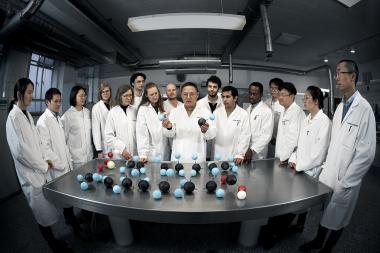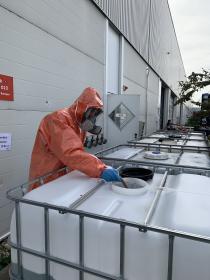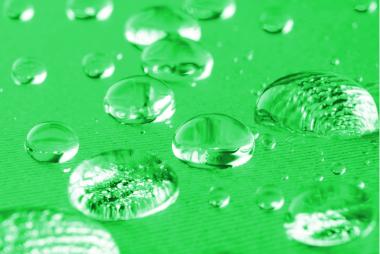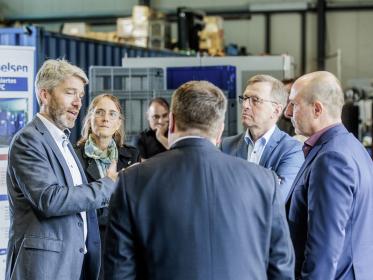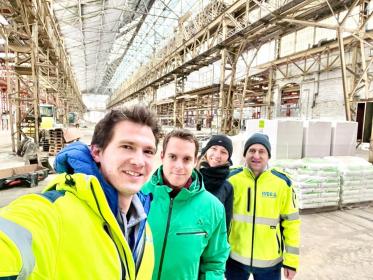PFAS-free and water-free textile finishing enters Japanese market
Green Theme Technologies (GTT), creators of the PFAS-free and water-free EMPEL® textile finishing platform, delivers advanced performance and a long term sustainability solution to the Japanese market. Green Theme Technologies, Inc. (GTT) is a US-based textile innovation company with a global vision to increase performance and eliminate pollution.
EMPEL® is a solution for textile mills looking to provide clean, high-performance finishes, and GTT actively promotes this innovative technology to all relevant Japanese companies, including mills, manufacturers, and brands. YKK, the Japanese global leader in zipper manufacturing, has already adopted the EMPEL® technology into their manufacturing process and promotes the technology globally in their new DynaPel™ collection.
GTT’s activities in Japan are supported by the Japan External Trade Organization (JETRO), a government-related organization that works to promote mutual trade and investment between Japan and the rest of the world. GTT has been approved for JETRO’s Invest Japan Support Program, which allows GTT to leverage its resources to set up an office in Japan in the future and for J-Bridge Program to forge relationships with prospective Japanese partners.
Green Theme Technologies





